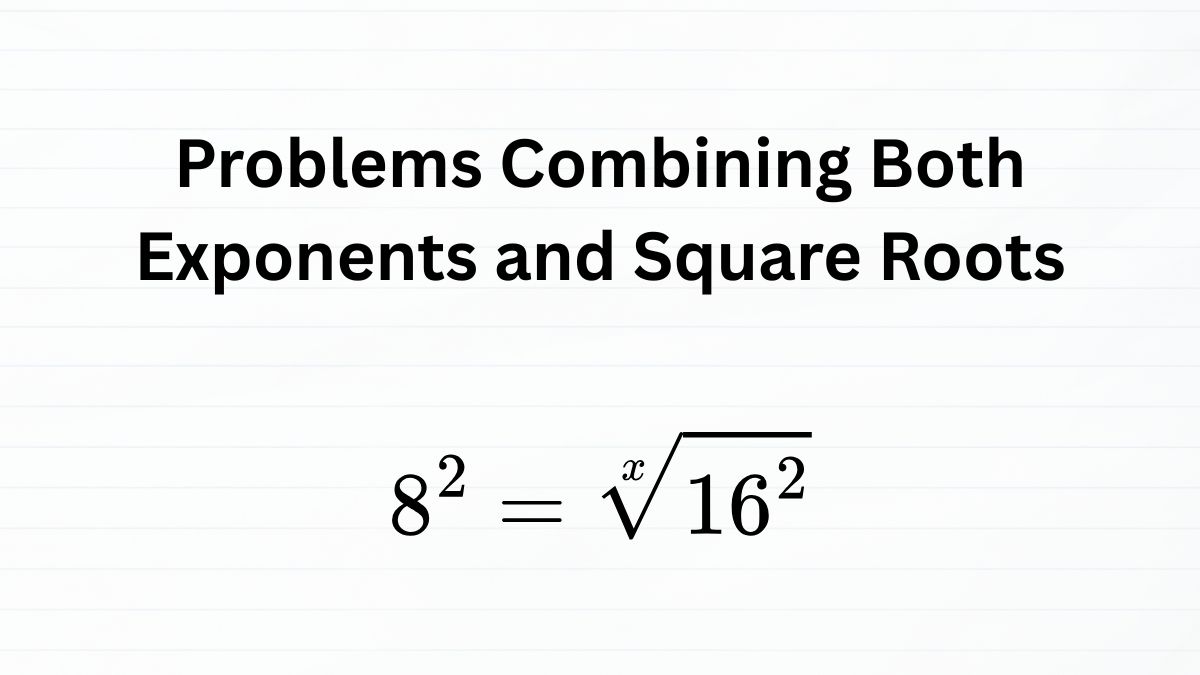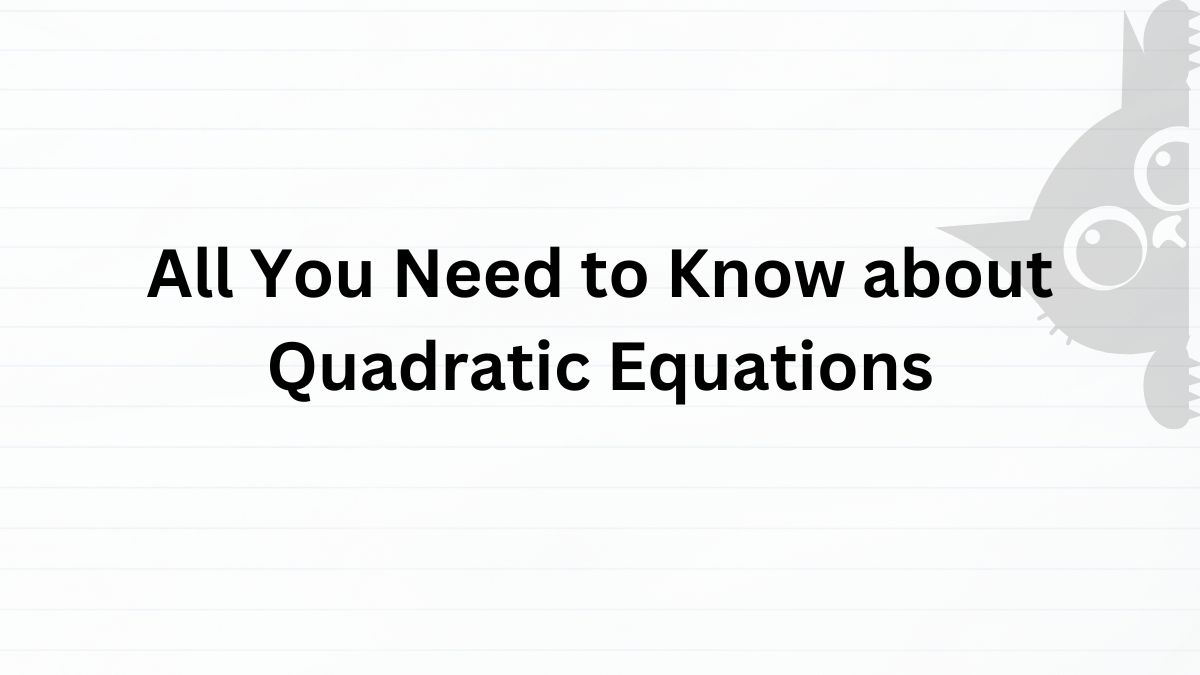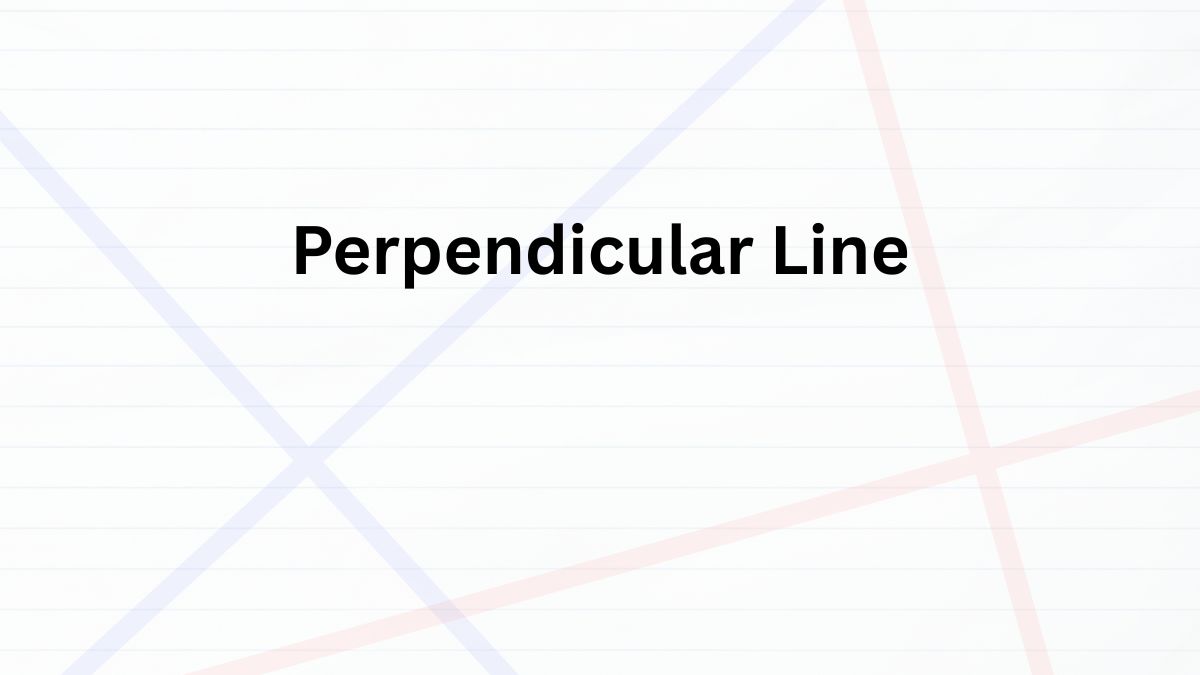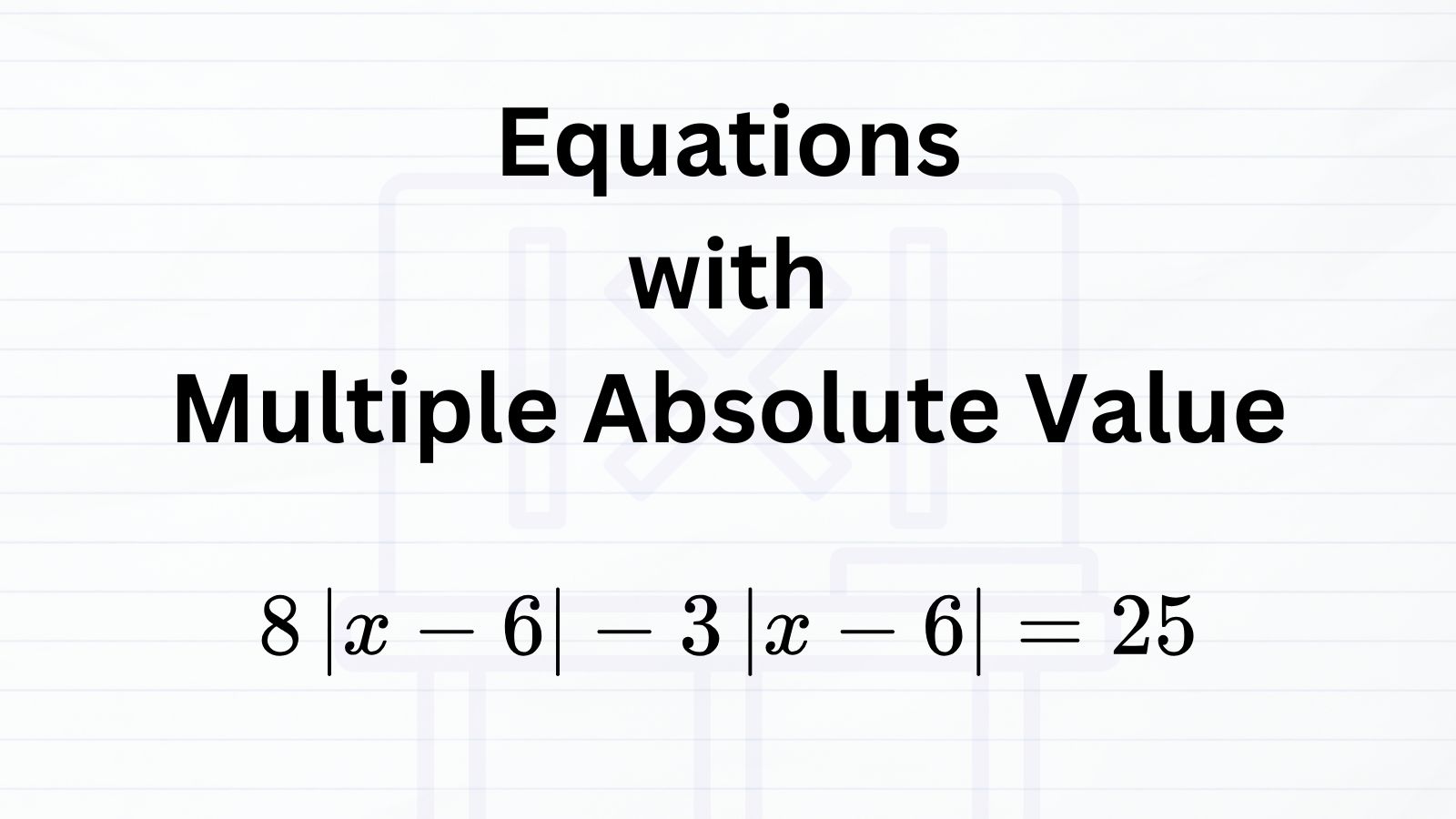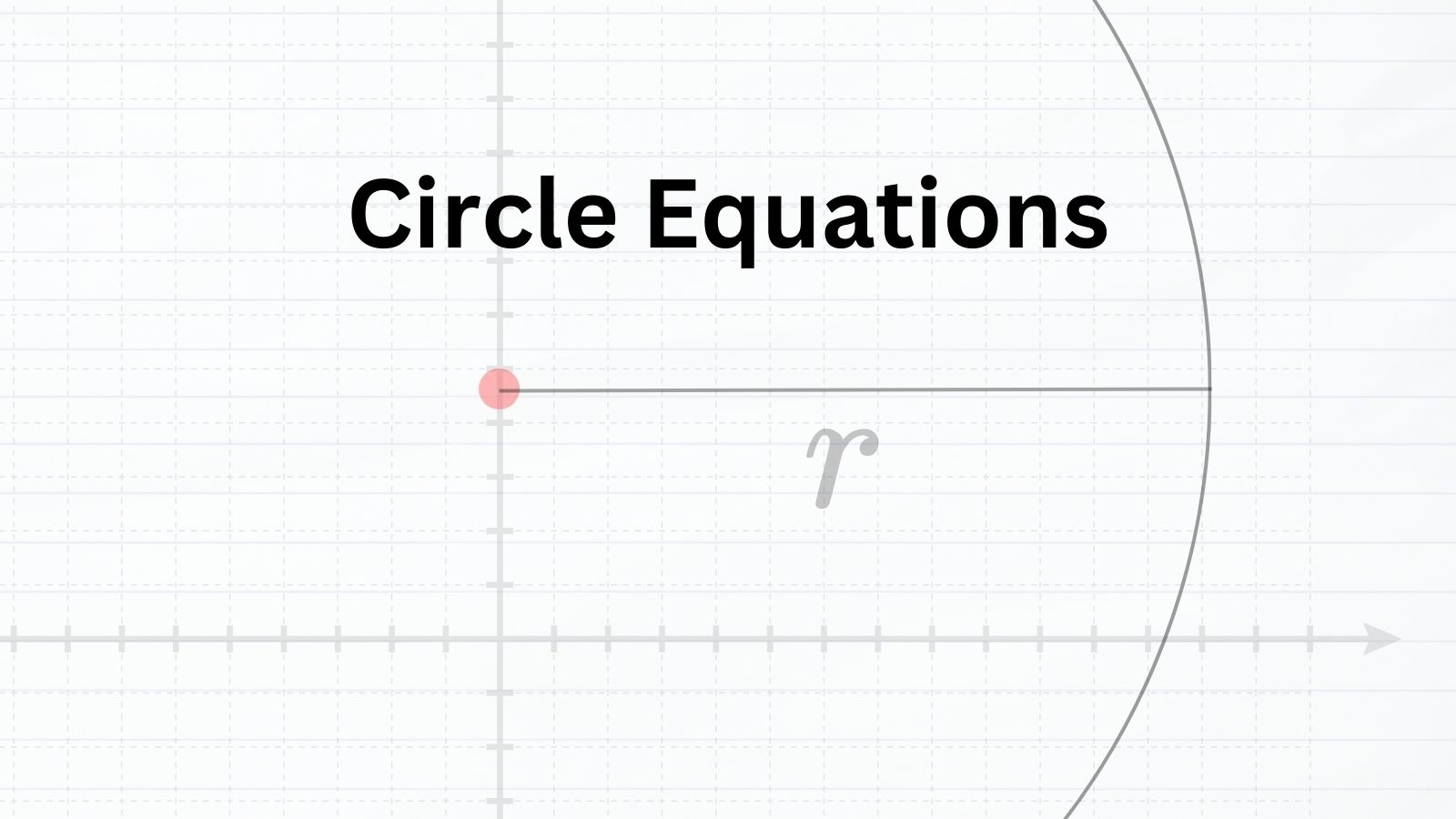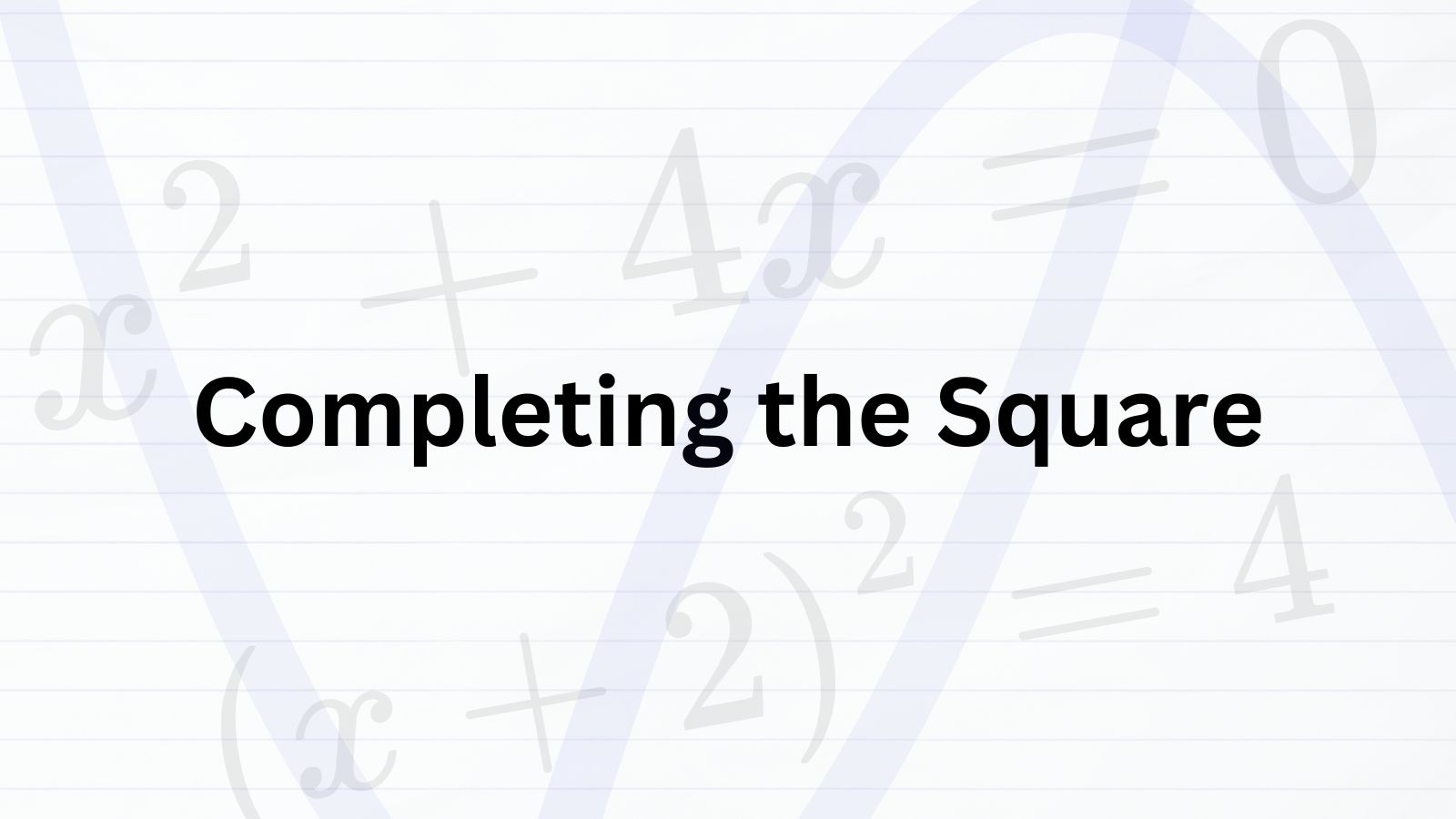
Completing the Square the Easy Way
Table of Contents
Completing the square is a method often used to solve equations on the SAT, especially quadratics. It is a powerful technique because it not only helps find solutions but also makes it easier to see the shape of the graph. However, the process can feel tricky at first, and many students get lost in the steps.
In this article, we will break down the procedure into clear, simple explanations. The goal is to show that completing the square is not as mysterious as it seems, and that with the right approach, anyone can follow the steps with confidence.
Completing the Square
Completing the square is a method for rewriting a quadratic expression of the form
\(x^{2}+ bx + c\)
into a perfect-square form such as
\((x + d)^{2}\).

This new form makes it easier to solve for \(x\) more directly. Of course, you can also use the quadratic formula, but that method often requires more calculation. When the conditions are right, completing the square can be a quicker and more straightforward option.
Steps for Completing the Square
For a quadratic equation of the form
\(x^{2} + bx + c = 0\),
we can rewrite it into \((x+d)^{2} = -c + d^{2}\) by completing the square. Here’s how the process works:
- Take half of the coefficient \(x\):
The coefficient of \(x\) is \(b\). Half of that is \(\frac{b}{2}\). - Form a square with \(x\) and this half-value:
Write is as \((x + \frac{b}{2})^{2}\) - Adjust the equation to stay balanced:
Squaring \((x+\frac{b}{2})^{2}\) introduces an extra term \((\frac{b}{2})^{2}\). To keep the equation valid, add this same value to the other side.
After applying these steps, the quadratic equation \(x^{2} + bx + c = 0\) becomes,
\((x + \frac{b}{2})^{2} = -c + (\frac{b}{2})^{2}\)
Now the quadratic is expressed as a perfect square, which makes solving for xxx much more straightforward.
Next, let’s see how this completing the square method is used on the SAT.
Question Patterns Requiring Completing the Square Approach
These questions vary from simple quadratic equation calculation problems to more complex equations. We’ll start from simple questions, and then gradually address difficult question patterns.
Conditions Suitable for Using Completing the Square
Not always, but there are good indicators that completing the square method would be the most efficient approach to take.
Signs for Using Completing the Square
Look for these signs:
- The coefficient of \(x^{2}\) is \(-1\) or \(1\).
- The coefficient of \(x\) is an even number.
If these conditions are met, completing the square is usually the most efficient method.
Simple Calculation
Some SAT questions simply ask you to solve a quadratic equation. In these cases, your task is to find the values of \(x\) that satisfy the equation. Depending on how the problem is written, you can either apply the quadratic formula or use the completing the square method.
The quadratic formula is reliable in every situation, but it often involves longer calculations. Completing the square, on the other hand, can be quicker and easier when the coefficient of \(x^{2}\) is 1 (or can be made 1 by dividing the whole equation).
Explanation
We are solving the quadratic equation: \(x^{2} -6x + 5 = 0\). Shift the constant to the right side so we can focus on the \(x\)-term.
\(x^{2} -6x = -5\)
Take half of the coefficient of \(x\), which is \(-6\). Half of that is \(-3\), and squaring it gives 9. To form a perfect square, we add 9 to both sides:
\(x^{2} -6x + 9 = -5 + 9\)
Make a perfect square form.
\((x – 3)^{2} = -5 + 9\)
Simplify the equation.
\((x-3)^{2} = 4\)
Since \(4 = 2^{2}\), taking the square root of both sides gives two possibilities:
\(x – 3 = \pm 2\)
Solve for \(x\):
\(x = 3 \pm 2\)
So the two solutions are \(x = 1\) or \(x = 5\).
Complex Calculation (Fraction and Square Roots Involved)
On the SAT, you may also face quadratic equations that include fractions or square roots. At first glance, these problems look more complicated, but the process is exactly the same. As long as you carefully follow the basic steps of completing the square, the fractions and radicals will fall into place, and the solution becomes manageable.
Explanation
The key requirement for using the completing the square method is that the coefficient of \(x^{2}\) must be 1. If it is not, completing the square becomes awkward. However, if you can divide the entire equation by a constant so that the coefficient of \(x^{2}\) becomes 1, then the method still works.
Let’s solve the equation \(2x^{2} -4x – 3 = 0\) by completing the square.
We can divide the whole terms by 2.
\(x^{2} – 2x – \frac{3}{2} = 0\)
To focus on \(x\), move constant term to the right side.
\(x^{2} – 2x = \frac{3}{2}\)
The coefficient of \(x\) is \(-2\). Half of that is \(-1\), and squaring it gives 1. To form a perfect square, we add 1 to both sides:
\(x^{2} -2x + 1 = \frac{3}{2} + 1\)
Rewrite as a perfect square.
\((x-1)^{2} = \frac{3}{2} + \frac{2}{2}\)
Simplify the equation.
\((x-1)^{2} = \frac{5}{2}\)
To continue, take the square root of both sides. Remember that when you take square roots in an equation, you must consider both the positive and the negative case:
\(x – 1 =\pm \sqrt{\frac{5}{2}}\)
Now simplify the square root. The expression \(\sqrt{\frac{5}{2}}\) can be rewritten by rationalizing the denominator:
\(x – 1 = \pm \frac{\sqrt{10}}{2}\)
Solve for \(x\):
\(x = 1 + \pm \frac{\sqrt{10}}{2}\)
If we put everything over the same denominator, we can also write the solutions as,
\(x = \frac{2 \pm \sqrt{10}}{2}\)
So the quadratic has two solutions:
\(\displaystyle x = \frac{2 + \sqrt{10}}{2}\) or \(\displaystyle x = \frac{2 + \sqrt{10}}{2}\)
Word Problem (Finding Maximum/Minimum Value)
Lastly, you may also encounter word problems that call for completing the square. In these cases, the key is not to panic at the wording. As with any word problem, start by summarizing the given information, translate it into an equation or function, and then decide which solving method makes the most sense. If completing the square is the right fit, apply the steps carefully and the solution will reveal itself.
Explanation
We are given the function: \(h(t) = -16t^{2} + 64t +80\).
Because the coefficient of \(x^{2}\) is negative, the parabola opens downward. That means the highest point on the graph, the maximum height, is at the vertex. There are two common ways to find the vertex: (1) by completing the square to rewrite the equation in vertex form, or (2) by using the vertex formula. Let’s first try the completing the square approach.
Completing the Square (Making Vertex Form)
Factor out \(-16\) from the first two terms so the coefficient of \(t^{2}\) becomes 1.
\(h(t) = -16(t^{2} -4t) + 80\)
Next, complete the square for \((t^{2} – 4t)\). Half of \(-4\) is \(-2\), and squaring it gives \(4\). We can rewrite that part as follows.
\(t^{2} – 4t = (t – 2)^{2} – 4\)
Substitute this back into the equation. Remember that the extra \(-4\) is multiplied by \(-16\), which adds \(64\) outside the parentheses.
\(h(t) = -16(t-2)^{2} + 64 + 80\)
\(h(t) = -16(t-2)^{2} + 144\)
Now the equation is in vertex form.
Vertex form
For a quadratic equation of the form \(y = ax^{2} + bx + c\), it can be rewritten into vertex form, which makes the vertex of the parabola immediately visible when plotted on the coordinate plane.
Vertex Form: \(\displaystyle y = a(x – h)^{2} + k\)
- \(a\) is the coefficient that controls how the parabola opens. If (a > 0), the parabola opens upward. If (a < 0), it opens downward.
- \(h\) is the \(x\)-coordinate of the vertex.
- \(k\) is the \(y\)-coordinate of the vertex.
This means that, for the given function, the ball reaches its maximum height of 144 feet at 2 seconds.
Using the Vertex Formula
Another way to solve this problem is by using the vertex formula.
Vertex formula
For a quadratic equation \(ax^{2} + bx + c\), the vertex of the parabola is located at,
\((-\frac{b}{2a}, f(-\frac{b}{2a}))\)
The function in our problem is \(h(t) = -16t^{2} + 64t +80\).
- \(a = -16\)
- \(b = 64\)
So, the \(t\)-coordinate of the vertex is calculated as \(-\frac{64}{2(-16)}\).
Simplify the fraction.
\(t = -\frac{64}{-32} = 2\)
This tells us that the maximum height occurs at \(t = 2\) seconds. To find the actual height, substitute \(t = 2\) into the original function:
\(h(2) = -16(2)^{2} + 64(2) + 80 = -64 + 128 + 80 = 144\)
Therefore, the ball reaches its maximum height of 144 feet at 2 seconds.



